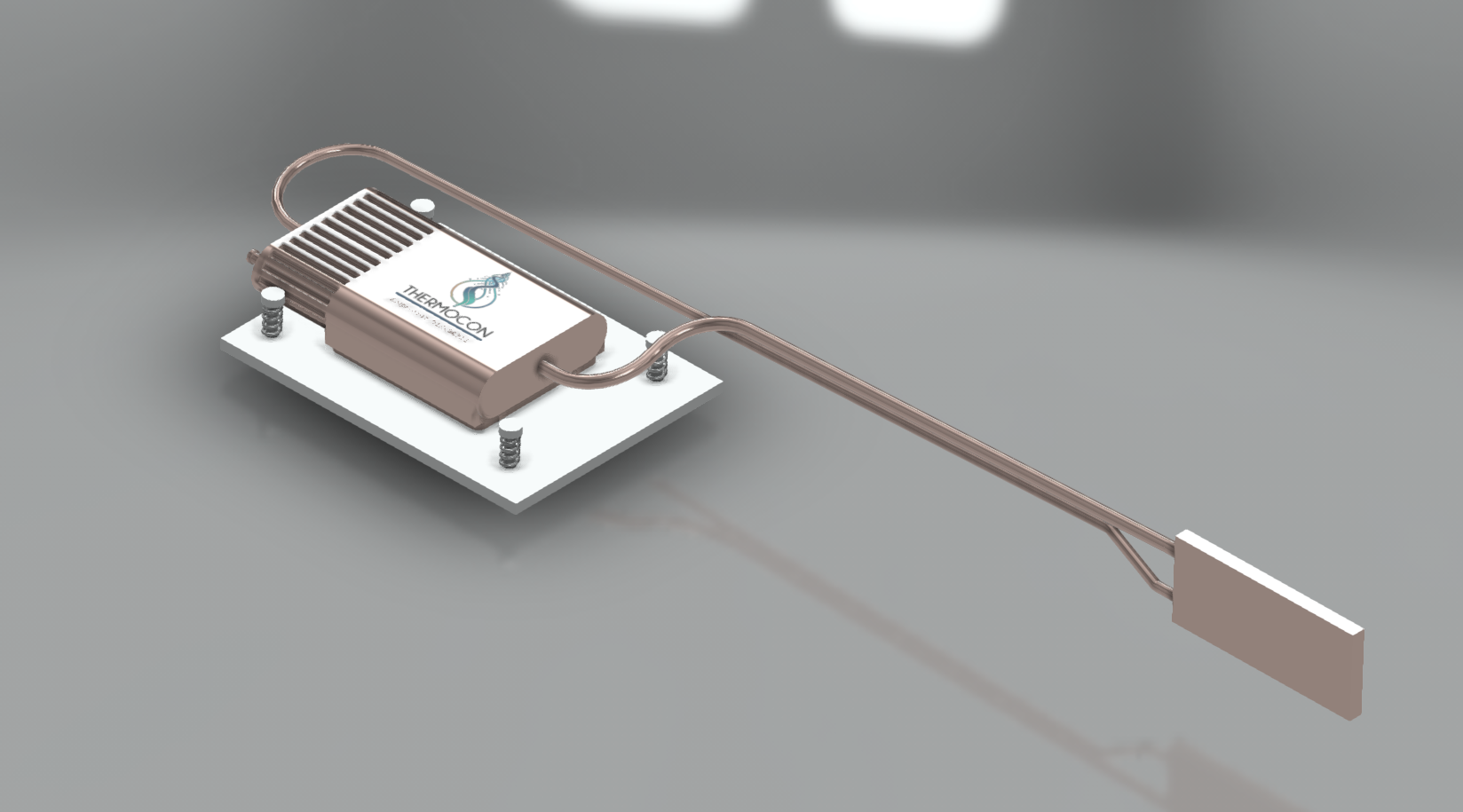The story of Loop Heat Pipes (LHP) was started when Thermosyphon was invented by Dr. Grover in 1963. This was a two phases device to move heat passively from one area to another using capillary forces. Since that time thermosyphons of conventional heat pies are widely used in the variety of cooling application. Unfortunately, as it was discovered immediately thermosyphons don’t work against gravity, have length and bending limitation. Those issues were solved by inventing Loop Heat Pipes by Dr. Maidannik (our scientific advisor) in early 80s. Keeping passive nature and efficiency of thermosyphons LHP can work against gravity, may be a very long and can be bend multiple times. We used them to make a Passive Direct Liquid Cooling (PDLC) system for data centers.
LHP technology targets a heat generated by IT equipment (servers and switches) inside data centers. Our goal is to move heat from inside IT equipment to outside where it will be either easier eliminated or re-used with no or minimal efforts. This heat transition requires zero energy and zero water because of the passive nature of LHP technology and zero leakage risk because of LHP close loop.
The main components of a Loop Heat Pipes are as follows:
-
Evaporator: This is where heat is absorbed from the heat source (CPU, GPU, other IT components). The working fluid in the evaporator section undergoes phase change from liquid to vapor as it absorbs heat.
-
Vapor Line: The vapor phase of the working fluid moves through the vapor line, driven by pressure differences between the evaporator and the condenser maintained by the capillary structure (wick) inside evaporator .
-
Condenser: The vapor reaches the condenser, which is in the dry contact with either a heat sink or an external cooling cycle. The vapor releases its heat, condenses back into a liquid, and transfers the thermal energy to the heat sink or to the external cooling cycle.
-
Liquid Line: The condensed liquid flows back to the evaporator through the liquid line, driven by gravity and capillary forces. Depends on refrigerant selection (water, ammonia, etc) we may have negative or positive pressure inside LHP.
Loop Heat Pipes operate passively without the need for mechanical pumps or external power. They rely on capillary forces and the pressure difference between the evaporator and condenser sections to circulate the working fluid through the loop. This makes LHPs the most reliable, energy-efficient, and environmentally friendly thermal management solution for data center IT equipment.

